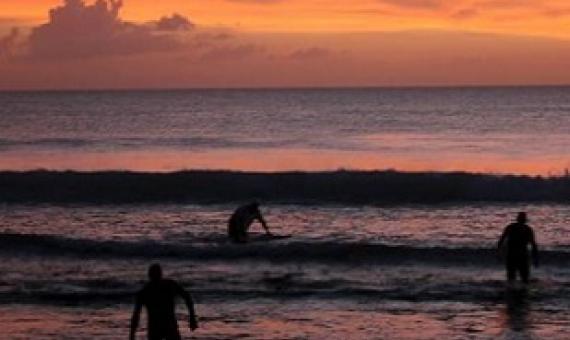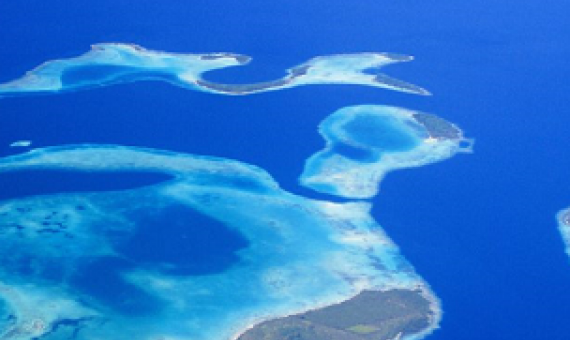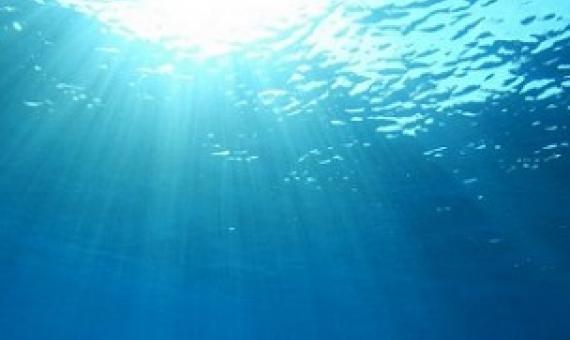Blue Pacific Ocean 2021 Report
This Blue Pacific Ocean 2021 Report (BPOR) is indeed a first of its kind. While sectoral approaches to reporting on development and implementation in the various areas of ocean governance has been the norm, the BPOR is unique in the sense that it is the first attempt at the regional level to compile a comprehensive, multi-facetted, cross-cutting and holistic review and stock take of the state of affairs of ocean governance in the region, in the contemporary period.





![The Blue Economy and COVID-19 Pandemic: New challenges, recovery measures and resilience [On-line]](/sites/default/files/styles/news_teaser/public/oceans_sm_2.jpg?itok=vOJmoGp5)






